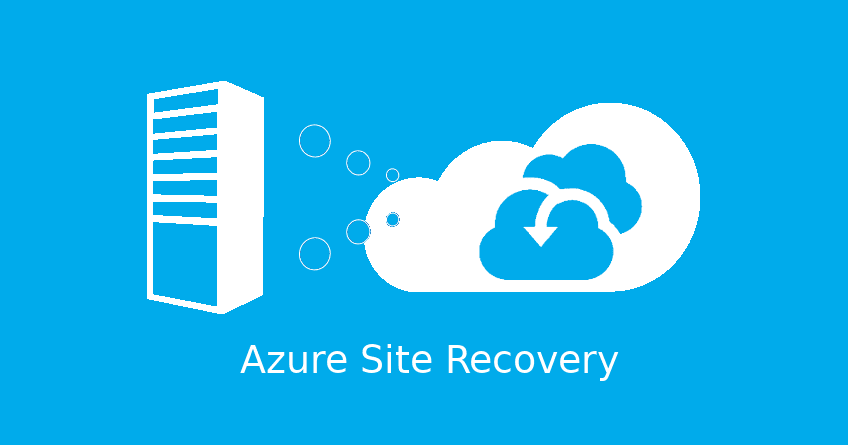Microsoft’s Azure Site Recovery solution helps organizations protect on-premises physical or virtual machines. Its scalable architecture supports a broad range of workloads. The solution also helps ensure high availability.
To use azure site recovery, you need to create an Azure recovery services vault and configure it. You also need to set up a configuration server and a replication policy.
DRaaS as a Service
DRaaS provides cost-effective, flexible scalability for businesses. Unlike on-premises infrastructure, which is expensive to maintain, DRaaS uses cloud computing to replicate data and provide a backup in the event of an emergency.
Whether due to ransomware, data breaches or equipment failure, business continuity is crucial. High-profile disasters like Hurricane Sandy, Texas power grid outages and Colonial Pipeline cyberattacks demonstrate the importance of having a robust DR strategy in place.
Unlike traditional backup-as-a-service (BaaS), DRaaS focuses on recovery rather than restoration. Its continuous replication of data and applications in a secondary location offers faster recoveries. iland Secure DRaaS leverages Veeam and Zerto to offer customized runbook functionality, optimized RPOs and near-zero recovery times. DRaaS also frees up in-house IT staff to focus on other systems, projects and strategic initiatives.
Scalability
Azure Site Recovery is a DRaaS solution that provides high-speed data replication. It enables businesses to easily scale their DR plan and reduce the cost of implementing a secondary data center. Additionally, it allows for a fast failover with minimal service disruption. It also offers a pay-as-you-go pricing model, which makes it a more cost-effective option for small businesses.
The service also offers a detailed monitoring and reporting capability to help organizations track the health of their disaster recovery environment. This feature is a valuable addition, as it can save time and resources that would otherwise be spent on manual management. It also improves security by enabling organisations to monitor and control data in transit and at rest. In addition, it can replicate applications across Availability Zones and multiple sites within an Azure region.
Flexibility
Azure Site Recovery is a powerful disaster recovery solution that can replicate on-premises virtual machines and physical servers to Azure. It uses Azure Storage to store replicated data, allowing you to recover your data without incurring downtime.
It also provides automated failover and failback capabilities that minimize downtime. It can also synchronize with VMware, Hyper-V, and physical servers for a seamless experience.
Furthermore, it supports a variety of business continuity use cases, such as testing and recovery. Its advanced disaster recovery drills allow you to test your infrastructure without disrupting your production environment.
Additionally, Azure Site Recovery is highly scalable, allowing you to quickly add on any additional requirements. This makes it a future-proof solution that can adapt to company changes. Its monthly subscription payments can also help you shift your DR spend from potential Capex to Opex for more predictable budgeting and planning.
Reliability
Azure Site Recovery enables businesses to run their applications in a secondary location and to fail over to this infrastructure when the primary site goes down. It does this without the need for a secondary data center, which can be expensive to build and operate.
It also offers the ability to customize and sequence failover and recovery of multi-tier applications, grouping together machines for recovery and prioritising according to business need. This can reduce recovery concerns by making it possible to ensure that systems which are most vital for the success of an organisation are recovered first.
The service can also be used to replicate on-premises physical and virtual servers to Azure, allowing them to take advantage of one of the key benefits of cloud computing, which is to scale up quickly to meet new needs. This provides a future-proof solution that can adapt to company changes.
Security
When it comes to business continuity, there’s no end to the causes of outages – from natural disasters to equipment failure and human error. No matter the cause, ensuring application uptime is key for MSPs and other IT professionals.
Microsoft Azure Site Recovery provides a cloud-based disaster recovery solution that ensures applications remain available to users by replicating workloads to a backup site. It can be used to replicate on-premises VMware and Hyper-V VMs or physical servers, as well as migrate workloads across Azure regions.
The service also allows you to test your disaster recovery plans without interrupting production environments. It also encrypts data in transit and at rest, which is vital for preserving privacy and compliance with industry regulations. In addition, it is constantly updated to meet the latest security standards.



